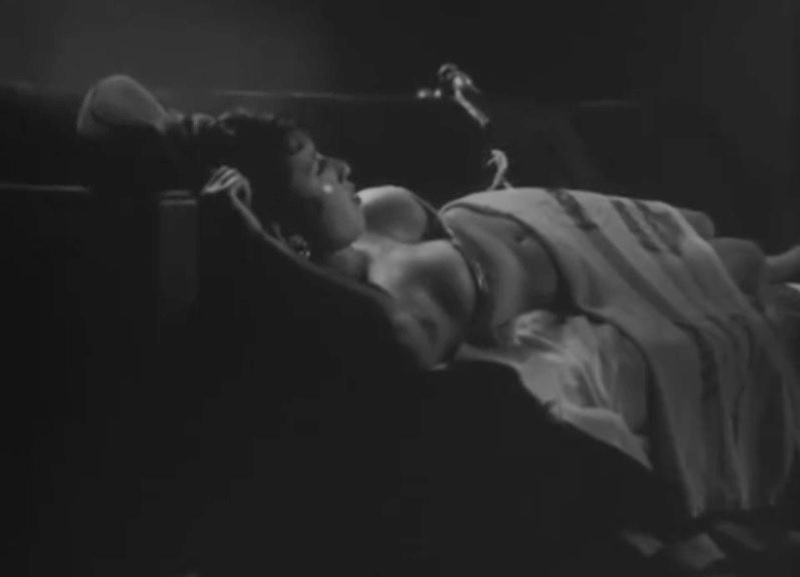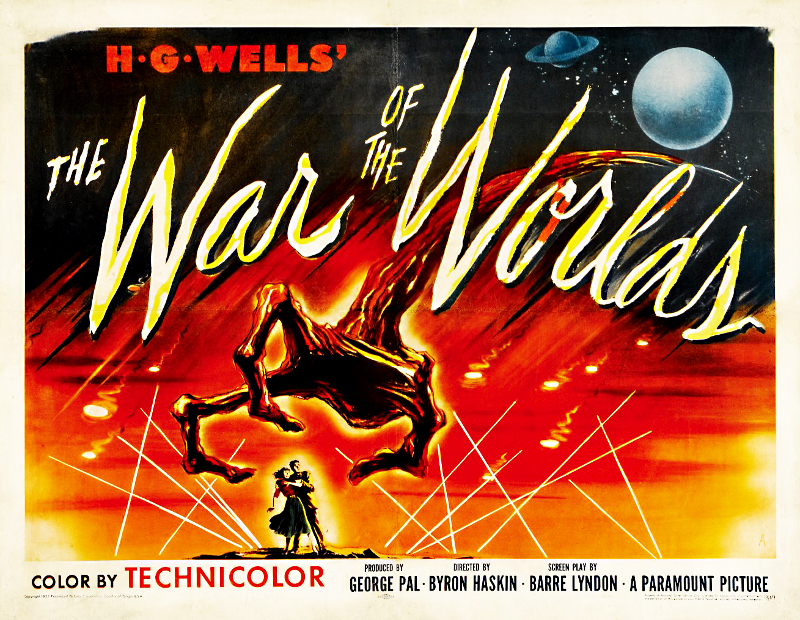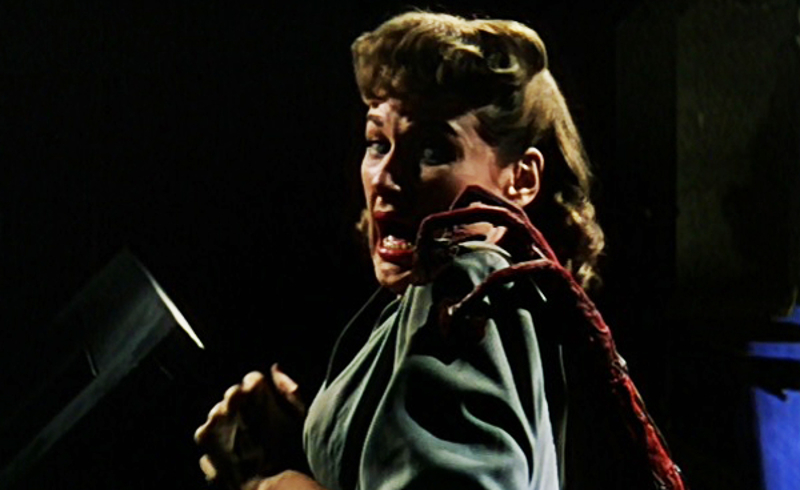Director – Carey Born – 2023 – Germany, Spain, UK – Cert. 12a – 87m
***1/2
Cyborg artist Neil Harbisson, unable to see in colour, has had an antenna implanted in his head to hear colours instead – out in UK cinemas on Friday, September 20th
This opens with a title sequence of weird, psychedelic images of what appears to be moving coloured liquids forming strange, never to be repeated natural patterns. If that implies a striking visual sensibility, that’s deceptive, since this documentary follows a fairly straightforward structure of following people around with cameras and talking to them as it introduces us to cyber artist Neil Harbisson and his artist partner Moon Ribas.
Neil stands out from other people because he has an antenna protruding from the back of his head to dangle in front of his forehead. He was born with the unusual condition of achromatism, which means that he sees not in colour but in monochrome. (Less severe, more common forms of colour blindness include the inability to differentiate between green and red.) This came to light in his childhood when the family got a new colour TV, and he and his sister would watch cartoons. At this point, the film throws in a clip of the children’s sci-fi cartoon series Robotrix (John Gibbs, Terry Lennon, 1985).… Read the rest




